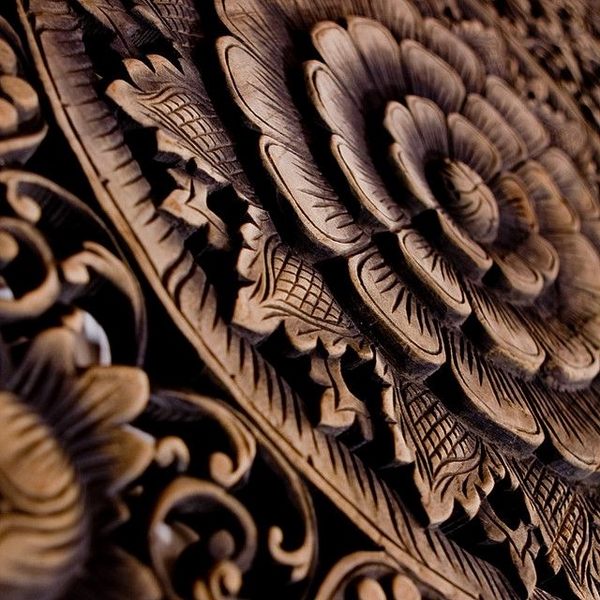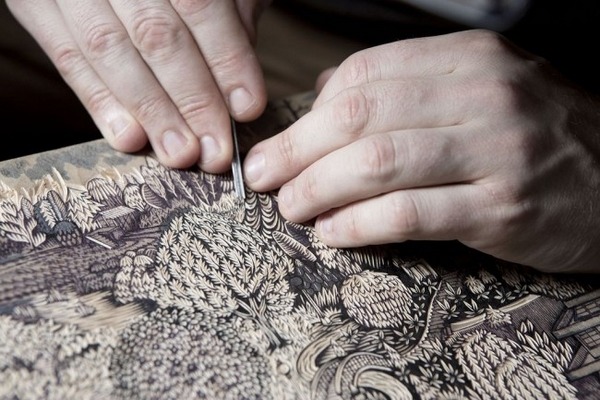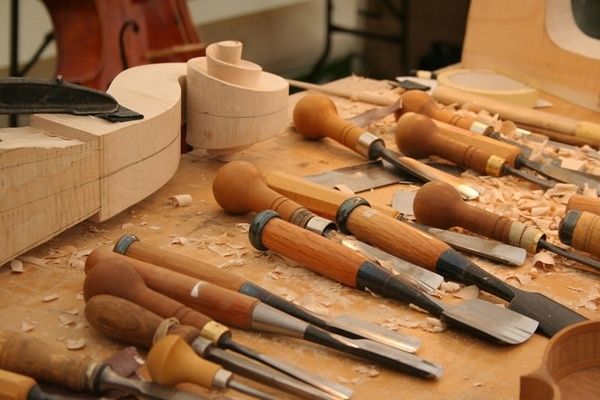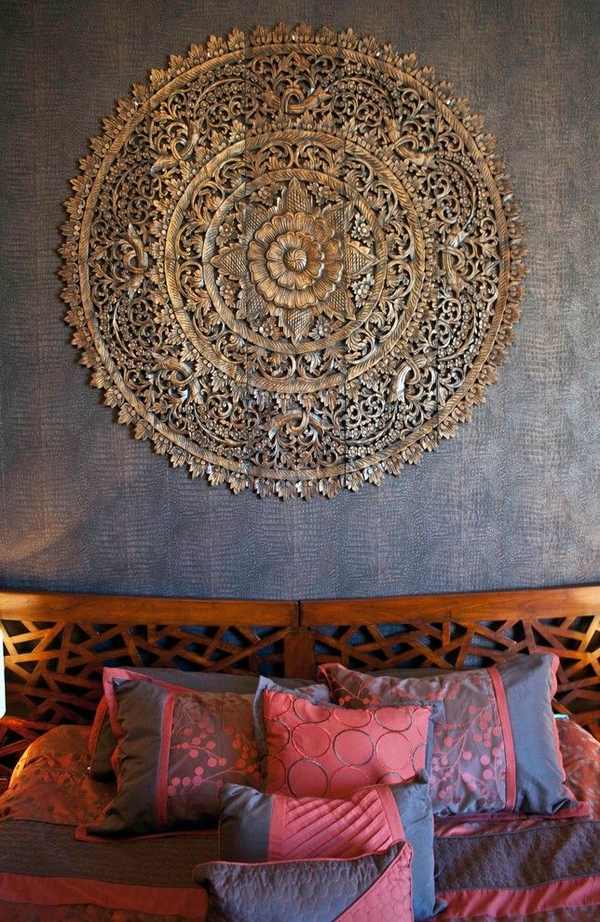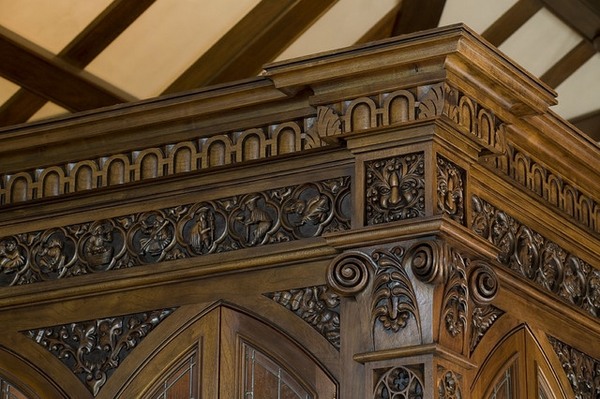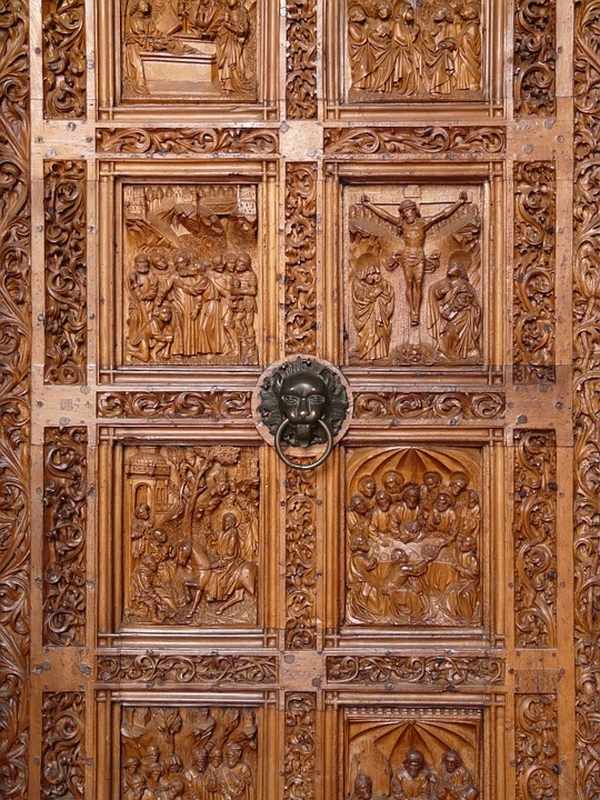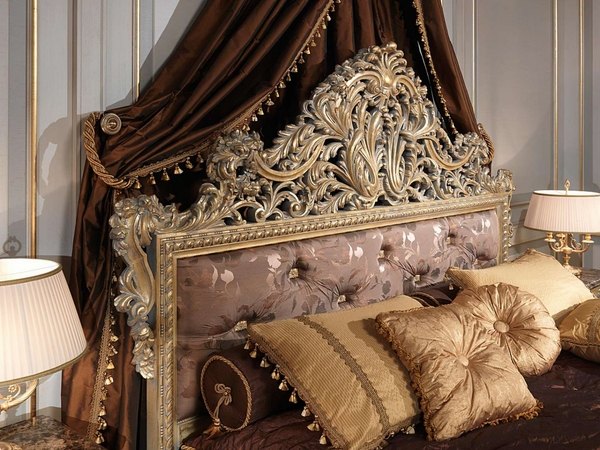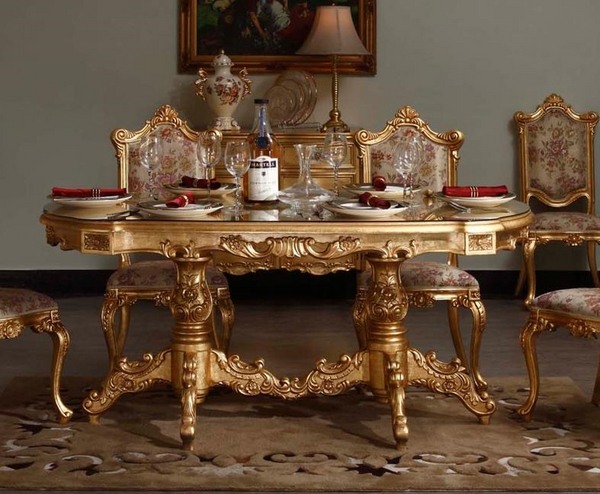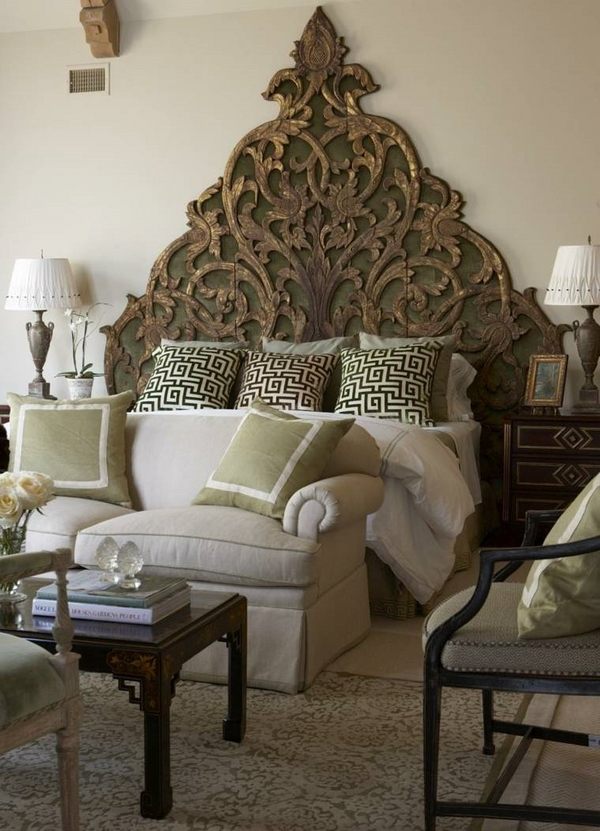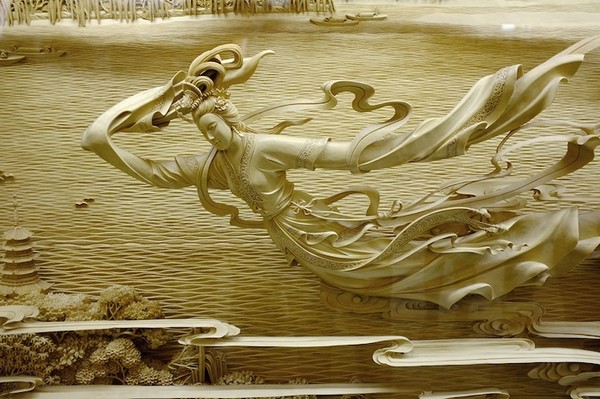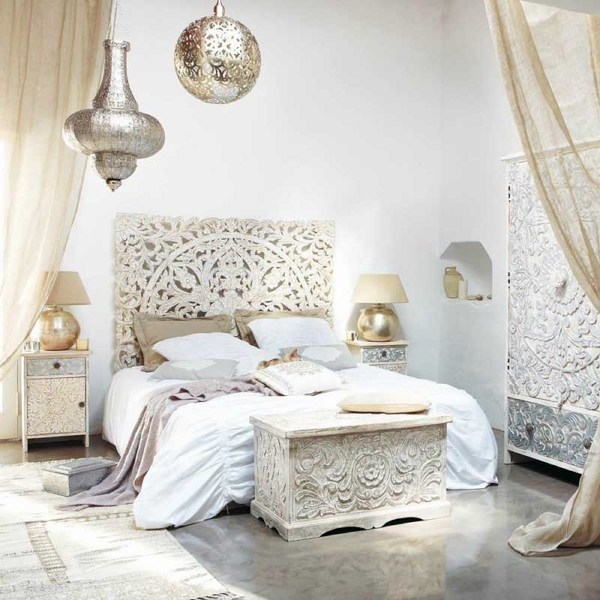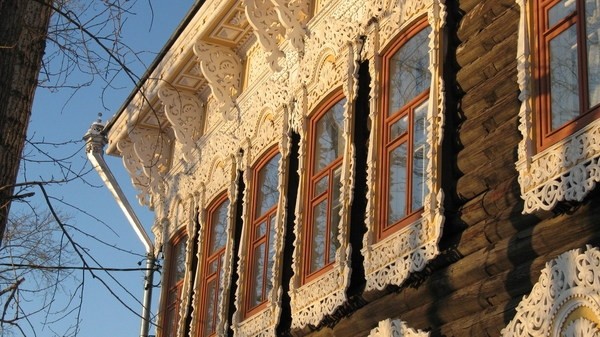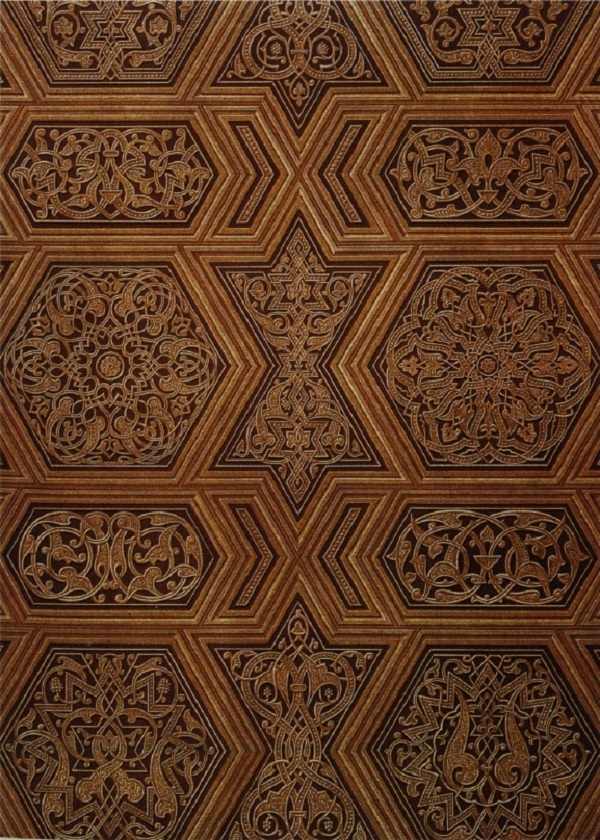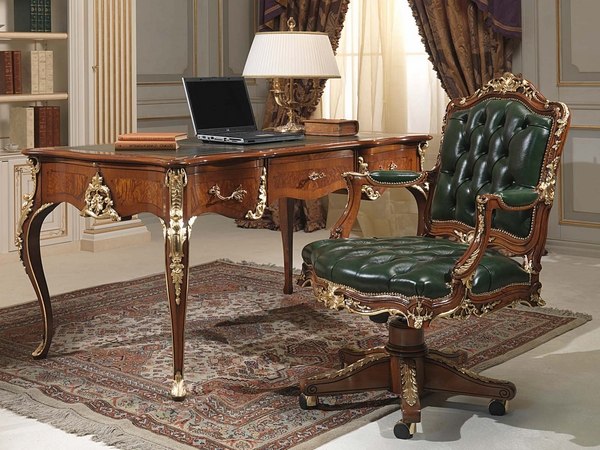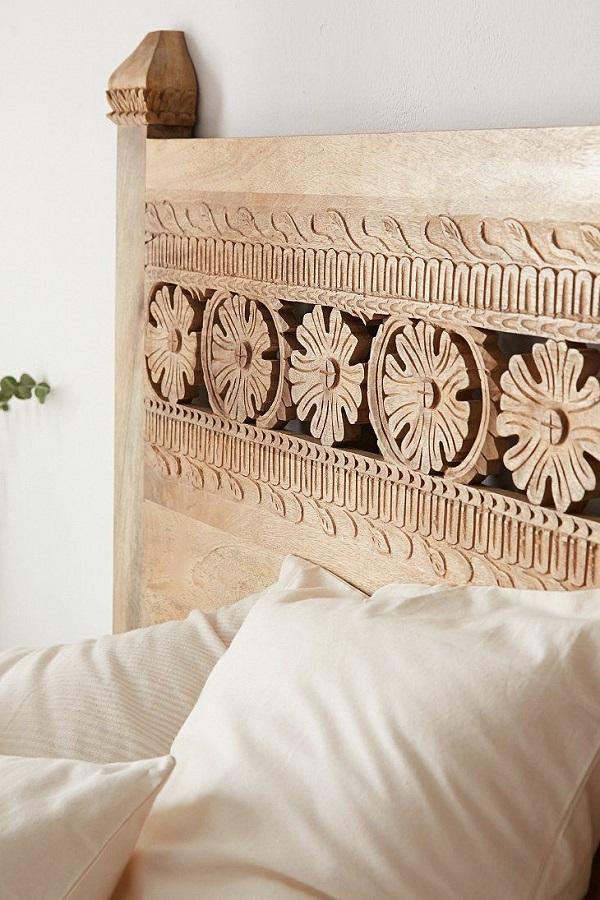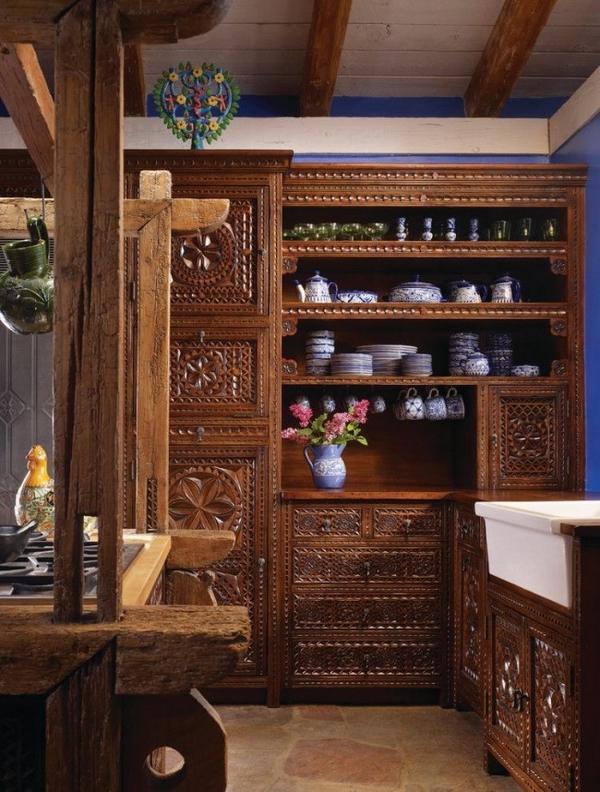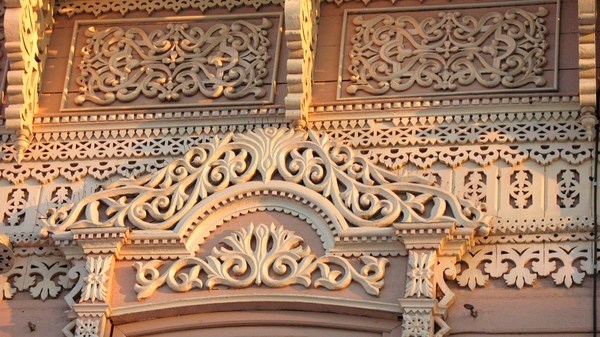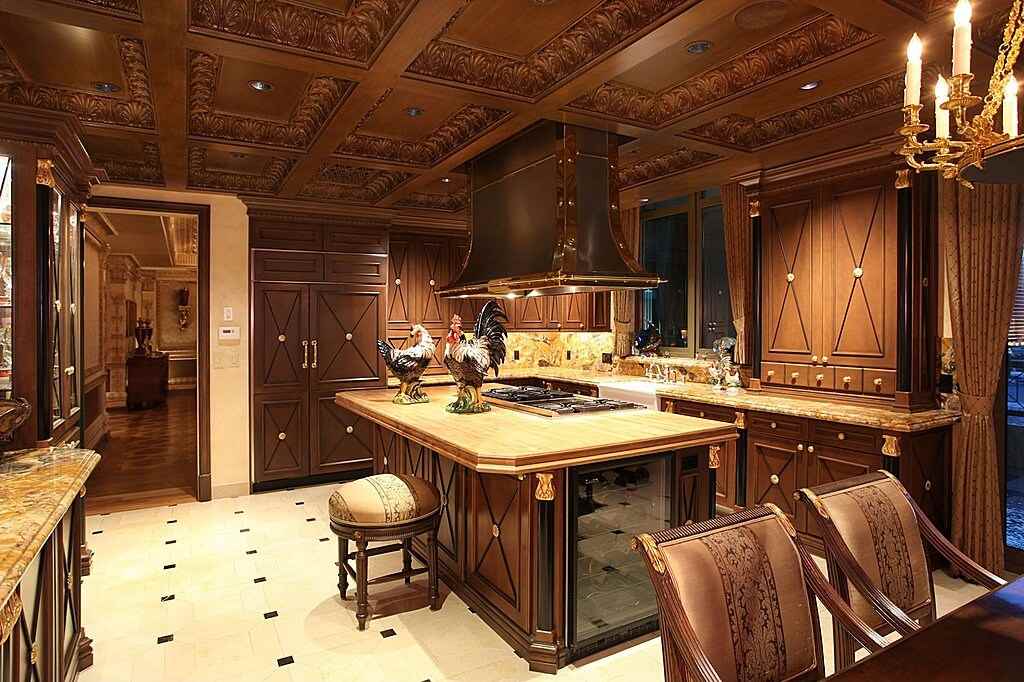Wood carving patterns were used for decorating homes and public buildings for centuries. This is one of the most ancient and the most common types of artistic and decorative treatment of wood. Wood is a beautiful material and you can see amazing decorations in many churches and temples all over the world. The craft of carving intricate images on wood is known in all cultures and is widely popular in countries – Scandinavia, Great Britain, Russia, Japan, India, China and many others. Craftsmen use many different species – birch, aspen, linden, poplar or alder, oak, beech – that has distinctive grain pattern and texture.
The techniques of carving have been developed for hundreds of years and the variety of ornaments and styles provides endless opportunities to create amazing works of art that can gracefully decorate any home – facades, entrance doors, staircases, window trims, crown moldings, columns, home furniture like bed headboards, tables, chests, chairs, mirror and picture frames – you name it!
Wood carving patterns – exclusive home furniture and decoration
Carved furniture and decorative panels are exclusive and highly valued as the process of carving involves many hours of manual labor and every culture has specific wood carving patterns and traditions. For centuries hand carved furniture pieces have been a symbol of refinement and sophistication and the exclusive and luxurious furnishings demonstrate the status and taste of the homeowner.
Carving includes several techniques which can be used to create masterpieces and were popular in the past. Same techniques are used by the craftsmen of our time to create beautiful works of art. Chip carving, low relief, high relief, incised carving, Intaglio carving, etc. Many finished carvings combine different techniques which enhance the visual aesthetics.
Wood carving in the interior is typical for the classic styles like Baroque, Empire, Rococo and is seen in different interior architectural elements and furniture pieces. Handrails and carved staircases enhance the feeling of nobility and sophistication. Carved columns and pillars remind of antiquity and magnificent consoles decorate ceilings and walls. Rosettes add to the spectacular trim of windows, doors or coffered ceilings.
Wood carving patterns in different styles
The different styles in home decoration, the different trends have created their own unique wood carving patterns. Experts and connoisseurs define the carvings depending on the style as each one has its particular features. Elegant and sophisticated, strict and simple, exquisite and refined – every era bears its own stylistic characteristics which we see in the work of the craftsmen.
For example Gothic style carvings are rich, sculptures finished with gold and featuring religious motifs.
Baroque style features pompous, beautifully curved and smooth lines, artistic contrasts of colors and shapes. Empire style reflects the spirit of the era and features intricate patterns, armors and crests, wreaths and the furniture pieces are characterized with amazing legs shaped as lion paws sphinxes or swans.
Rococo style carving is amazingly elegant, refined and exquisite. Winding vines, floral patterns shaped as garlands, mythological creatures are the patterns typical for the style. The period of classicism features simple elegance and impeccable taste. The patterns feature strict geometry, clear lines, simplicity of shapes and finishes.
Wood carving is different in different cultures and most of them feature the ethnic traditions of the nation – African, Asian, Russian and Eastern European. The patterns are charmingly exotic and crafted with incredible precision. Japanese and Chinese works have their own specifics and are very different from the ones popular in India but the craftsmanship is absolutely unique.
Chinese Dongyang style is the most known traditional art which features complex intricate wood carving with multiple layers which form absolutely fascinating and stunning 3D masterpieces. Dongyang wood carving is named after the city of Dongyang and even nowadays the city is known for one of the four main schools of woodcarving in China. Wood carved furniture uses traditional symbols like geometric patterns – hexagons or stars, dragon – the symbol of royal authority and male fertility, butterflies, fish, phoenix, peonies and bamboo.
In India carvings can be seen in temples, on doors, furniture pieces and decorative panels – elephants, intriguing floral patterns, animals – beautifully crafted and eye catching following the unique culture traditions of the region.
Russian style patterns were very popular as exterior home decoration. Russian log cabins were decorated with masterpieces featuring floral patterns, geometric lace, elegant swirls, rosettes, figures of lions, mermaids, birds and animals. Fantastic window trims and architectural elements are typical for the Russian wood carving.
Islamic wood carving patterns cover the surface of mosque doors with interlacing patterns, geometric shapes – hexagons, squares. Most elaborate woodwork and finest patterns can be seen on different furniture pieces.
Despite the differences in cultural traditions wood carving patterns show the inspiration, talent and creativity of the craftsmen. Wood carved furniture, wall panels, ceiling panels are highly appreciated and valued all over the world for the unique beauty. Modern masters also create fascinating works of art – based on traditional techniques or inventing new intriguing ways to process wood. With the development of technology craftsmen offer different finishes to preserve and protect the wood from insects, moisture, mold and bacteria. Carved wood furniture and panels are popular with interior designers as they provide opportunities to create interiors in classic styles like Empire, Rococo or Baroque with an atmosphere of luxury, grandeur and solemnity. At the same time different patterns and techniques can be used for amazing interiors in ethnic style – Moroccan, African, Japanese, Indian, Chinese, etc.

